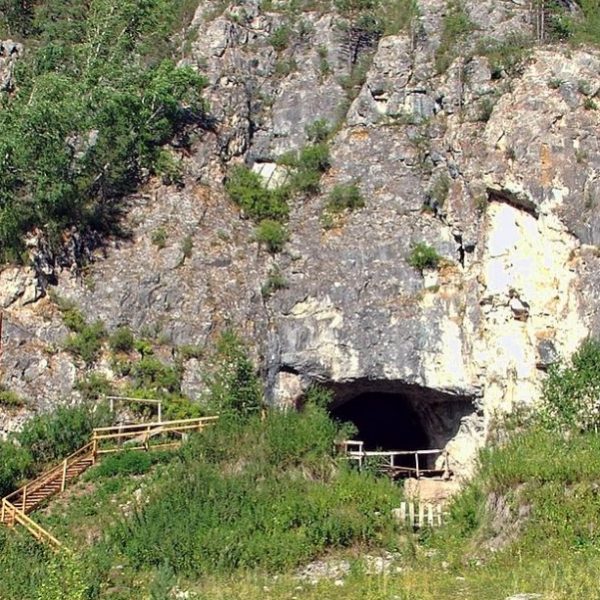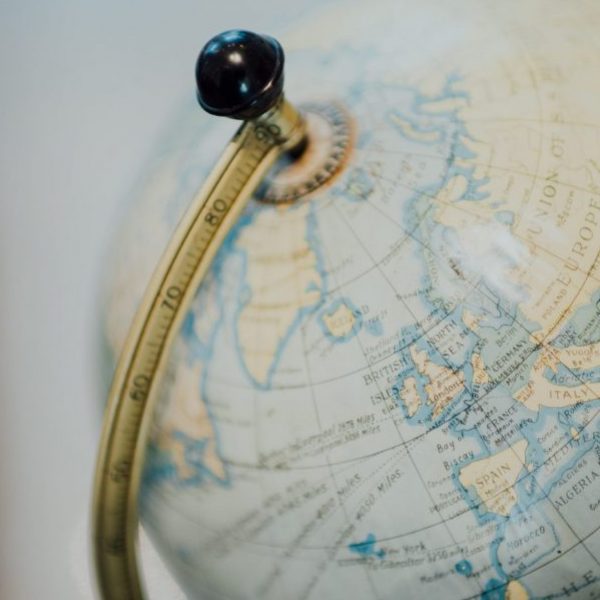Lest We Forget: Burials and Beliefs Between the Oceans (and Other Snappy Titles)
Sarah Underwood—
 A thousand years from now, casual readers of history probably will not see too much distinction between the people of 1890 and those of 1990. I wonder if they will look at the giant stone angels of Victorian graves and assume that our generations wore black for years and visited our own cemetery plots daily. How could they ever guess that some of us might simply let the ocean take our relatives’ ashes? Of course, for serious historians, our graves will reveal far more information about ourselves than we might actually like known. One of my relatives, for example, says she wants to be cremated so she will not end up on display like the “bog people” with her personal habits labeled next to her. In Barry Cunliffe’s Europe Between the Oceans 9000 BC—AD 1000, he pulls evidence from ancient burial sites to create a picture of the earliest European belief systems.
A thousand years from now, casual readers of history probably will not see too much distinction between the people of 1890 and those of 1990. I wonder if they will look at the giant stone angels of Victorian graves and assume that our generations wore black for years and visited our own cemetery plots daily. How could they ever guess that some of us might simply let the ocean take our relatives’ ashes? Of course, for serious historians, our graves will reveal far more information about ourselves than we might actually like known. One of my relatives, for example, says she wants to be cremated so she will not end up on display like the “bog people” with her personal habits labeled next to her. In Barry Cunliffe’s Europe Between the Oceans 9000 BC—AD 1000, he pulls evidence from ancient burial sites to create a picture of the earliest European belief systems.
One society, which lasted five hundred years beginning about 2900 BC, is known to archaeologists as the Corded Ware/Single Grave culture. Its discovery proves not only that scientists are often incapable of creating snappy titles, but that death is, quite sensibly, a key to the past. Thousands of years ago, humans from the Corded Ware/Single Grave culture thought it was necessary to bury almost all their dead with “large beaker-shaped pots, often with their surfaces decorated with impressions of twisted cord applied…before firing.” It is fascinating to me that we can only know an entire society through one object in their graves; I suppose we will eventually be proud members of the Single Grave/Coffin Culture. Also buried with many of these individuals were weapons, probably indicating rank.
The fact that each grave only contains the remains of one person, combined with the presence of the corded pottery and weapons, does not just tell us that these people believed such items would be necessary in the afterlife. They also convey that important changes in European belief systems had occurred sometime around 2900 BC. Earlier in European history, humans had been buried in communal graves. These sometimes indicate massacres and brutal warfare, but usually, they are ancestral tombs that demonstrate people believed they needed to be near their ancestors in death. When the cultures began using single graves, it meant people had shifted their earthly recognition of the group’s prominent lineages to “the individual or kin group.” Death was now seen as an individual journey, a belief system that brings the men and women of nearly five thousand years ago a little closer to us.
Sarah Underwood is a graduate of the College of William and Mary and a former Yale University Press intern. Her column, Lest We Forget, appears on the Yale Press Log.

























